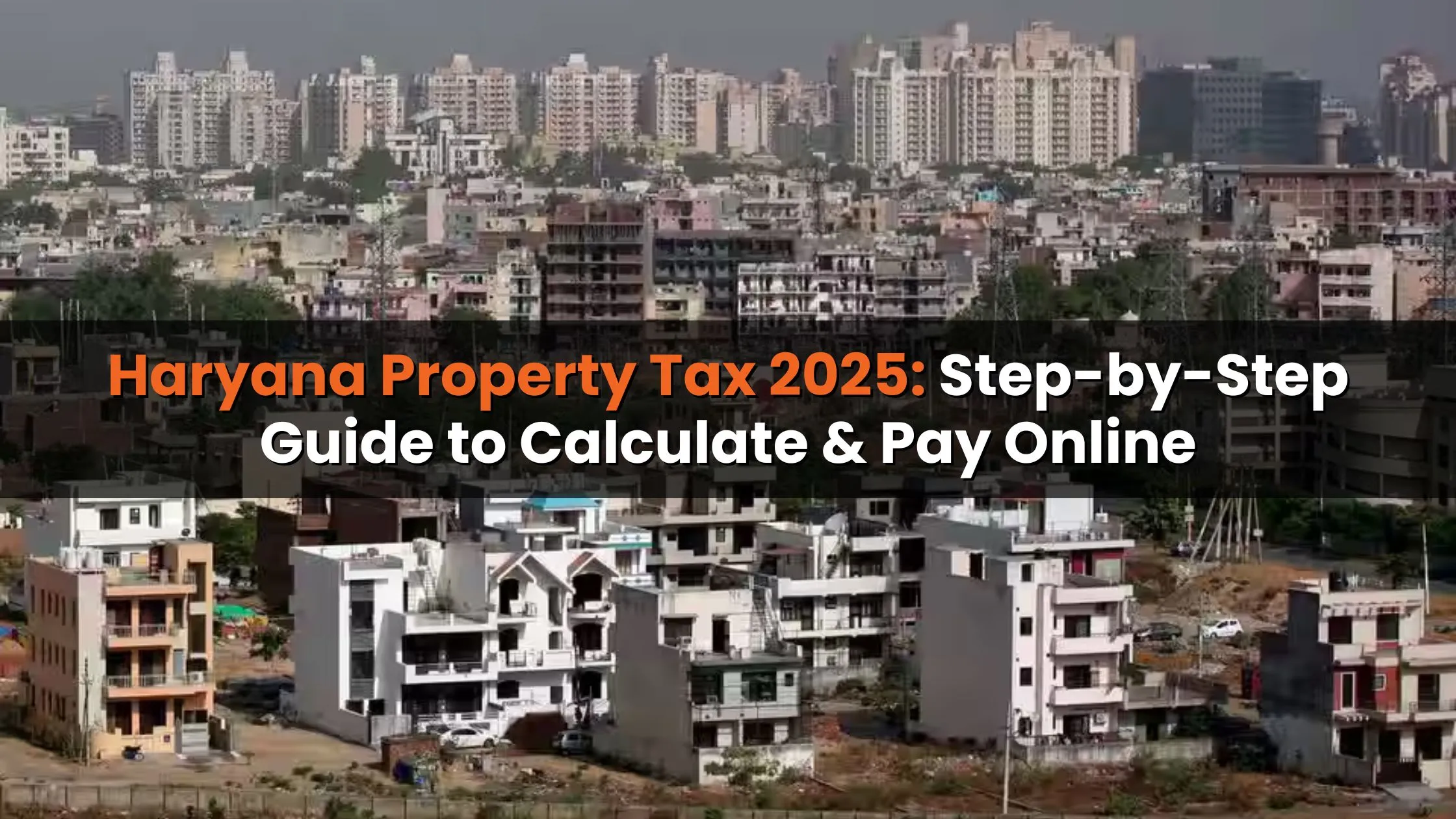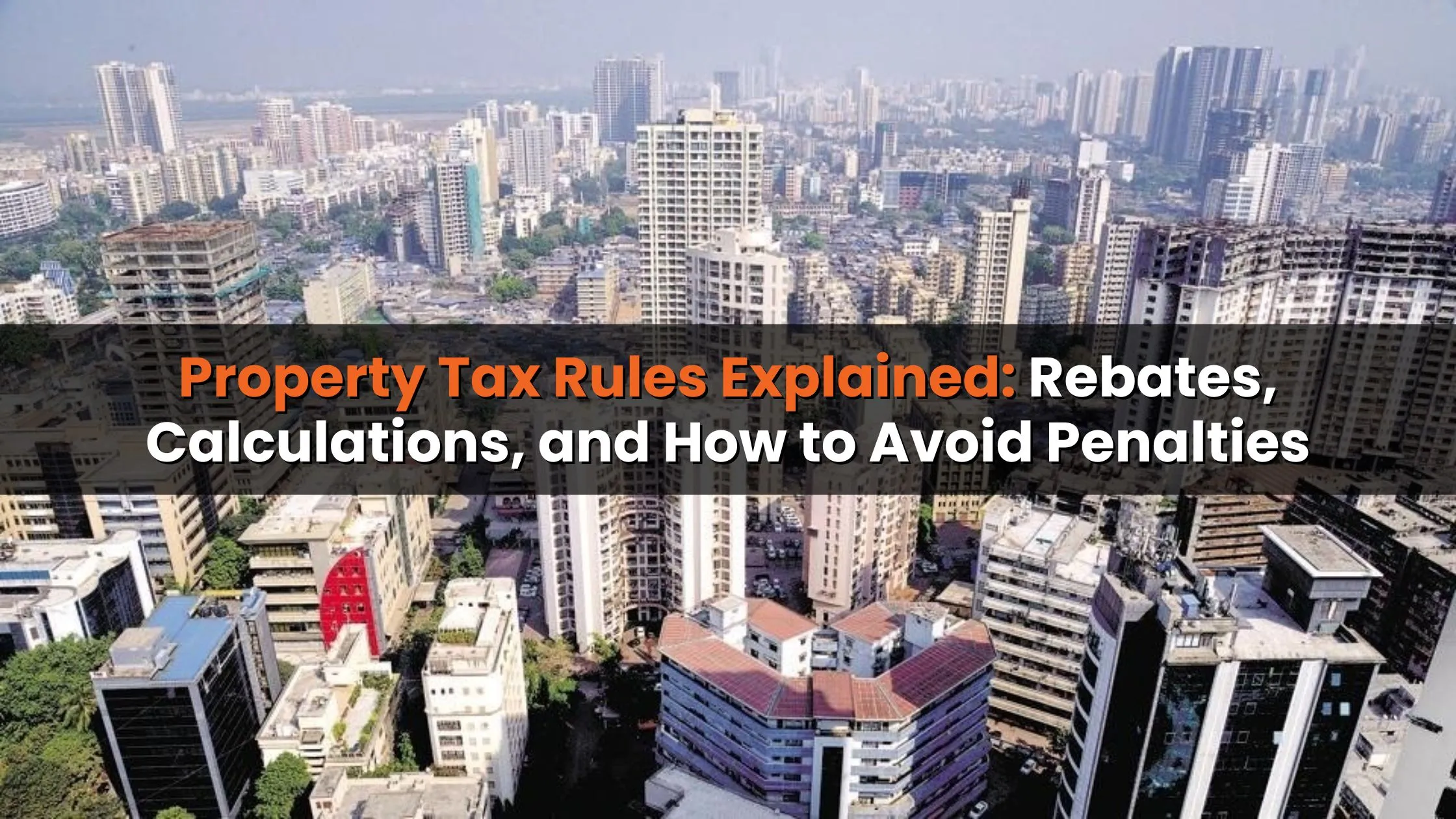Table of Content
- What is HRA Calculation?
- Defining Metro Cities for HRA Purposes
- Key Points on Metro Cities for HRA:
- How is HRA Calculation Done?
- HRA Calculation Formula:The exemption is the minimum of these three values:
- Tax Benefits of HRA Calculation
- HRA Calculation in 2025: What to Expect
- Practical Tips for Optimizing Your HRA Benefits
- Conclusion
Understanding HRA Calculation is essential for salaried professionals, especially those living in metro cities. As we approach 2025, changes in tax regulations and evolving city dynamics make it important to stay updated on how your house rent allowance (HRA) is computed. In this guide, we explore what HRA Calculation entails, how metro cities are defined for HRA purposes, and the tax benefits that come with it.
What is HRA Calculation?
HRA Calculation refers to the method used to determine the amount of house rent allowance that a taxpayer can claim as an exemption from their taxable income. This calculation takes into account several factors such as:
- The actual HRA received
- The actual rent paid
- The percentage of salary (basic salary) allocated based on the city of residence
In India, the rules for HRA Calculation vary depending on whether you reside in a metro city or a non-metro area. Metro cities generally have a higher percentage for HRA exemption, acknowledging the higher living costs in these regions.
Also Read: Tenant's Guide: How to Background Check Your Landlord
Defining Metro Cities for HRA Purposes
The Income Tax Act categorizes certain cities as "metro" for the purpose of HRA Calculation. As of now, cities like Mumbai, Delhi, Kolkata, and Chennai are considered metro cities. However, with urban development, more cities may be added to this list over time. In 2025, taxpayers in recognized metro cities can benefit from a more favorable HRA Calculation formula, which often allows a higher percentage of the basic salary to be exempt.
Key Points on Metro Cities for HRA:
- Increased Allowance Percentage: Typically, metro cities enjoy an HRA exemption rate of 50% of the basic salary, compared to 40% in non-metro cities.
- Living Cost Adjustments: The higher rate reflects the increased cost of living and rent in major urban centers.
- Future Changes: Tax authorities periodically review and update the list of metro cities, so staying informed is crucial.
How is HRA Calculation Done?
The process of HRA Calculation involves three main components, and the exemption is the least of the following:
1. Actual HRA Received:
This is the amount of house rent allowance your employer pays you.
2. Rent Paid Minus 10% of Salary:
Calculate the actual rent you pay each month, then subtract 10% of your basic salary.
3. Percentage of Basic Salary Based on City:
In metro cities, this is typically 50% of your basic salary, while in non-metros, it is 40%.
HRA Calculation Formula:
The exemption is the minimum of these three values:
- Actual HRA received
- Rent paid – 10% of basic salary
- 50% (metro) or 40% (non-metro) of basic salary
For example, if you live in a metro city in 2025 and your basic salary is ₹50,000 per month, 50% of your basic salary would be ₹25,000. If you pay a monthly rent of ₹20,000 and receive an HRA of ₹30,000, your HRA Calculation will involve comparing:
- Actual HRA: ₹30,000
- Rent paid – 10% of basic salary: ₹20,000 – ₹5,000 = ₹15,000
- 50% of basic salary: ₹25,000
Thus, the HRA exemption would be ₹15,000—the lowest of the three.
Also Read: Nashik Property Tax Revised: 2% Hike & New Rental Assessment Rules
Tax Benefits of HRA Calculation
Claiming HRA under the correct HRA Calculation not only reduces your taxable income but also provides significant tax relief. Here’s how:
- Reduced Taxable Income:
The exempt portion of HRA is deducted from your total income, lowering your overall tax liability. - Increased Savings:
By optimizing your HRA Calculation, you can retain more of your salary, which is particularly beneficial in high-rent metro cities. - Transparency and Fairness:
The standard HRA Calculation rules ensure that taxpayers are treated uniformly, making it easier to plan finances and manage tax obligations.
HRA Calculation in 2025: What to Expect
As we move towards 2025, there are a few trends and updates that may influence HRA Calculation for metro city residents:
1. Urban Expansion and Changing Metro Lists
With rapid urbanization, some cities may be added to the metro category. If your city is reclassified as a metro, you could see an increase in the HRA exemption percentage—from 40% to 50% of your basic salary resulting in greater tax benefits.
2. Inflation and Rent Adjustments
As rental prices continue to rise in metro cities, the actual rent paid may increase. However, with a proper HRA Calculation, even higher rent expenses can be offset, ensuring that taxpayers are not unduly burdened by rising living costs.
3. Regulatory Updates
Tax laws are dynamic, and periodic revisions can affect HRA Calculation. It is important for homebuyers and salaried professionals to stay updated with changes announced by the Income Tax Department, ensuring that they claim the correct exemption on their tax returns.
Practical Tips for Optimizing Your HRA Benefits
To make the most of your HRA benefits, consider these practical tips:
- Accurate Documentation:
Maintain clear records of your salary, HRA received, and rental payments. Accurate documentation is essential for smooth HRA Calculation during tax assessments. - Regular Updates:
Keep an eye on official announcements regarding metro city classifications and any changes to HRA Calculation rules. This ensures you are aware of new opportunities for tax savings. - Financial Planning:
Use online HRA calculators to determine your potential tax savings. These tools can help you plan your finances more effectively by providing a clear picture of your HRA benefits. - Consult Professionals:
If you’re unsure about any aspect of HRA Calculation, consider consulting a tax advisor or financial planner. Professional advice can help you maximize your tax benefits and ensure compliance with current regulations.
Conclusion
Understanding HRA Calculation is crucial for anyone looking to optimize their tax savings and manage their finances effectively. As property rents and urban living costs rise especially in metro cities the ability to accurately compute your HRA exemption can significantly reduce your taxable income and enhance your overall financial well-being.
For homebuyers and salaried professionals in metro cities, staying informed about the latest rules and regulatory updates is key. In 2025, changes in urban classifications and rental trends may further influence HRA Calculation, offering additional benefits for those who keep pace with the evolving guidelines.
By leveraging accurate data, utilizing online tools, and consulting with professionals, you can ensure that you make the most of your HRA benefits. Whether you are planning your next home purchase or simply looking to reduce your tax burden, a solid understanding of HRA Calculation will empower you to make informed financial decisions and build a more secure future in an ever-evolving urban landscape.
Also Read: Hindu Personal Law and Inheritance: Rights and Property Distribution

 (1)_11zon_1739955635.webp)








Ans 1. HRA Calculation determines the exempt portion of house rent allowance from taxable income, based on rent paid, salary, and city of residence.
Ans 2. As per the Income Tax Act, cities like Mumbai, Delhi, Kolkata, and Chennai are categorized as metro cities for HRA purposes, offering higher exemptions.
Ans 3. In metro cities, 50% of the basic salary is considered for HRA exemption, compared to 40% in non-metro cities.
Ans 4. HRA Calculation involves:Actual HRA receivedRent paid minus 10% of basic salary50% of basic salary (for metro cities) or 40% (for non-metro cities)
Ans 5. No, HRA can only be claimed if it is part of your salary structure provided by your employer.
Ans 6. Yes, you need to submit rental receipts or a rental agreement to claim HRA exemption during tax filing.
Ans 7. Yes, you can pay rent to family members, but the arrangement must be legitimate, with proof such as a rental agreement and payment receipts.
Ans 8. Urban classifications may change with time. Stay updated with tax regulations to know if new cities are added to the metro category.
Ans 9. Maintain accurate documentation, use online HRA calculators, stay informed about updates, and consult tax professionals for personalized advice.
Ans 10. If your salary structure changes mid-year, you need to calculate HRA exemption separately for each period using the revised basic salary, HRA received, and rent paid during that timeframe.